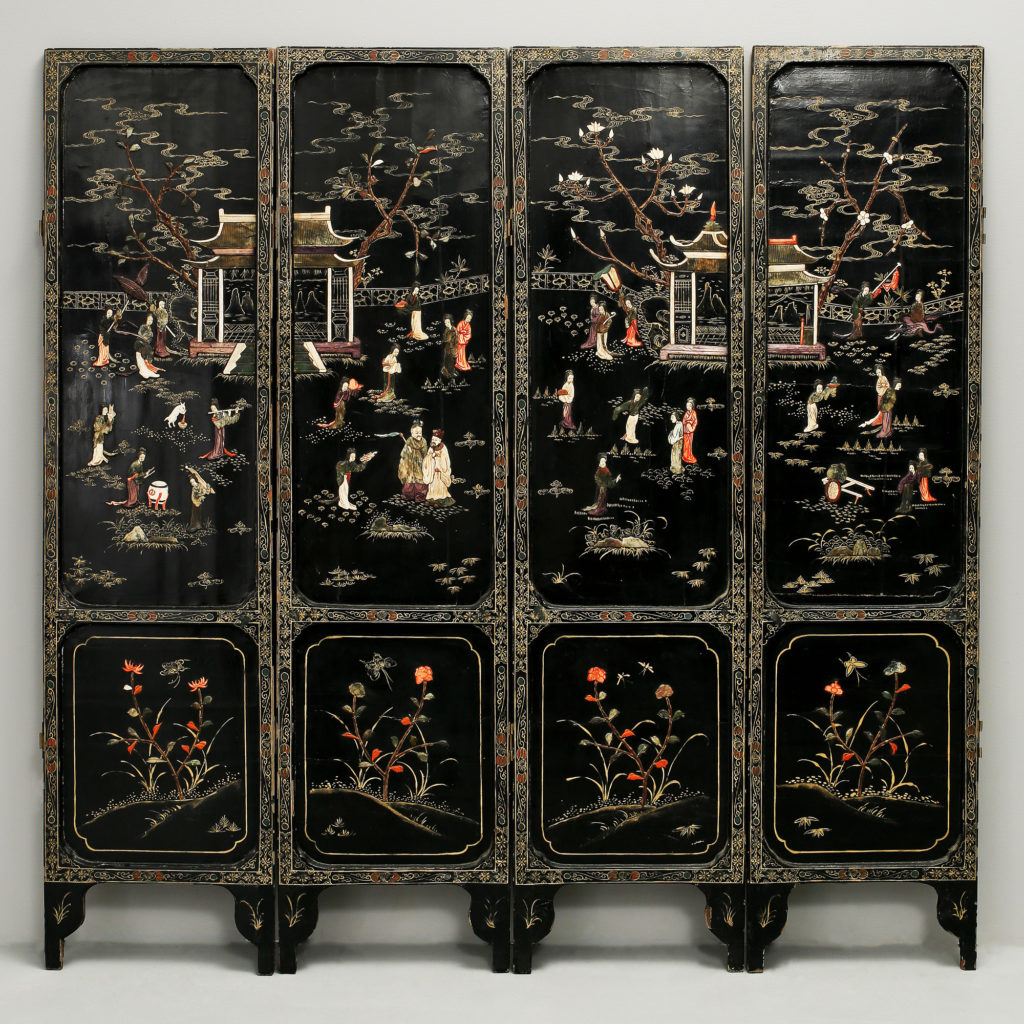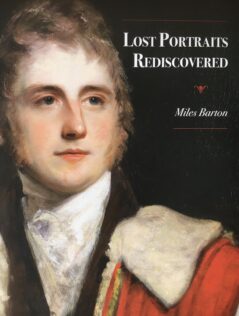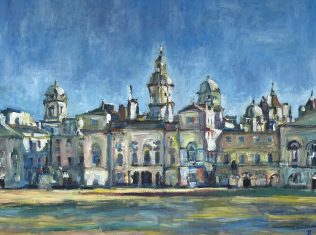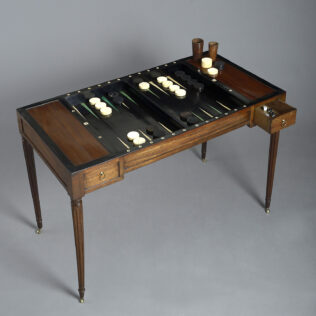My love affair with Chinoiserie began in childhood. On a visit to Claydon House in Buckinghamshire, I had my first glimpse into the world of 18th century interiors inspired by China in the magical Chinese Room. I was immediately captivated. In hindsight it was this fascination upon which my entire knowledge of antiques now depends as my research branched from Chinoiserie into furniture makers such as Chippendale, William and John Linnell and then catapulted me into the depths of rococo. The rest, as they say, is history.
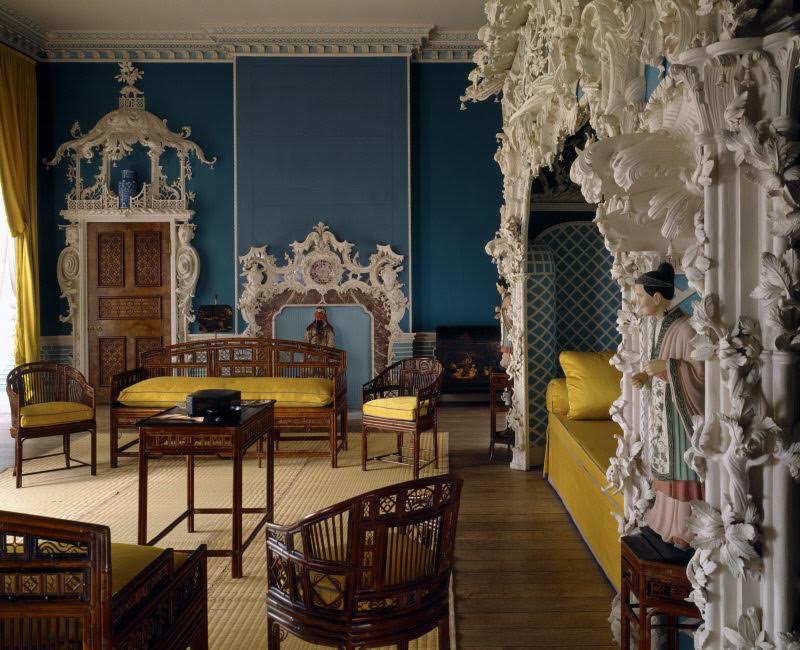
There are a number of country houses across English with entire room interiors are dedicated purely to Chinoiserie. Some, like Claydon House, are decorated with pale blue walls, rococo plasterwork and Chinese export furniture. Others, such as Buckingham Palace, are rich in colours with highly decorated walls and door panels, extensive gilding and large pieces of Chinese porcelain.
Chinoiserie is a vogue which has resurfaced and continues to be revisited by designers even today. The beauty of the style, however, is that it lends itself not only to an elaborate setting but also the restrained; with just a few simple steps it is remarkable simple to recreate Chinoiserie in your home.
This late 19th century soapstone and lacquer four-fold screen would perfectly evoke the Chinoiserie interior, serving either as a room divider or mounted on a wall as was popular in the 18th and 19th century. Originating from the Han Dynasty (206BC – 220CE), the style became increasingly popular in China and, by the Ming Dynasty (1368 – 1644), craftsmen were using lacquer techniques on Coromandel screens with intricate depictions in mother of pearl, soapstone and ivory as well as other materials.
This particular example, made circa 1880, enjoys the fantasy of imaginary landscapes with a rich plethora of colours in the people and architecture with rich gilding of flora and fauna.
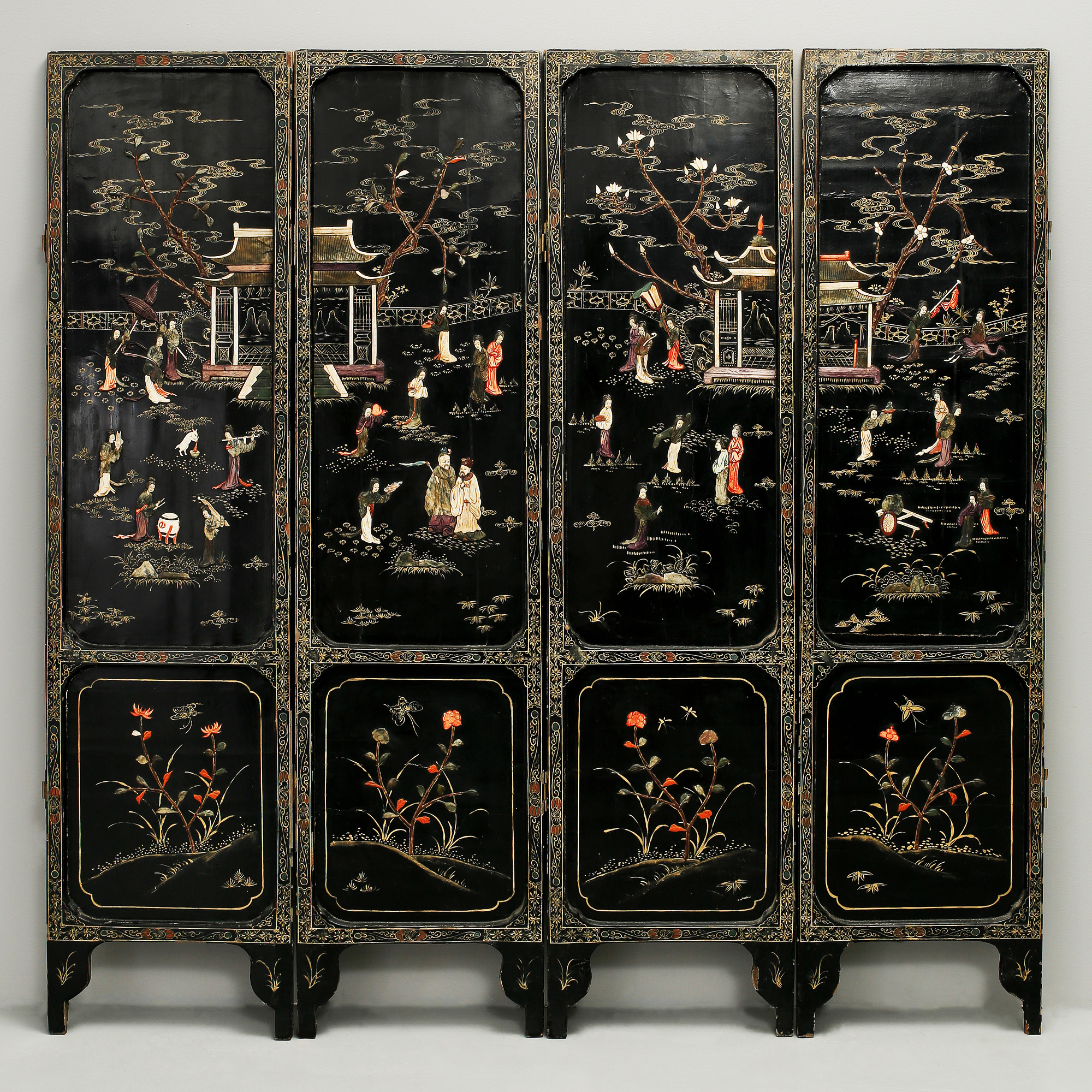
This exceptional mirror combines Chinese and rococo motifs and is strongly evocative of the Chinese Room at Claydon House. The power of mirrors is never to be underestimated; they can ameliorate an otherwise dark room, seem to double it in size or simply reflect the beauty of their surroundings. In the case of this mirror, the sheer scale of it accomplishes all of those traits.
It has been carved in the manner of the eighteenth century carver and gilder, Thomas Johnson, whose works are on display at the V&A as well as a collection of prestigious country houses. This particular mirror, probably carved a hundred years after Johnson’s main output, draws directly from his designs such as the carved animal and floral motifs which Johnson often based on Francis Barlow’s illustrations of Aesop’s Fables, first published in 1687.
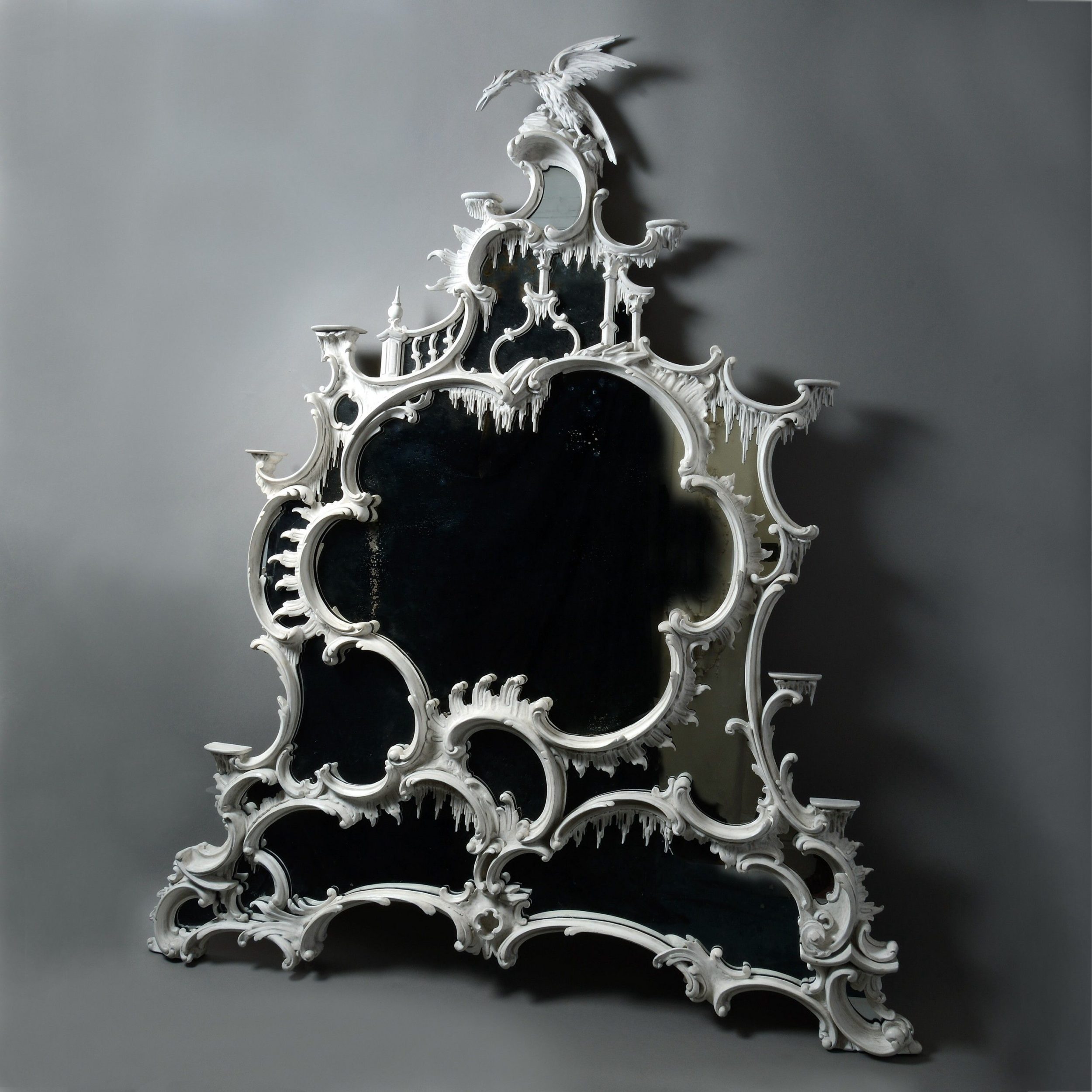
I never feel that a room is complete without at least one good piece of porcelain so, subsequently, I always ensure that we have a wide range of it in the gallery. I continue to be mesmerised and intrigued by the different glazes and shapes of Chinese porcelain which fall into my hands. A collection of monochrome porcelain vases can appear a striking focus point of a room, particularly with the varying shapes such as mei ping, double gourd, moon flask. This wonderful pair of monochrome Chinese Bottle Vases were probably made circa 1880 (Qing Dynasty) using a technique which was first introduced during the Kangxi reign and predominantly used in the Lang Kilns at Jingdezhen. A translucent copper rich glaze was applied to a crackleware base resulting in an apple green glaze.
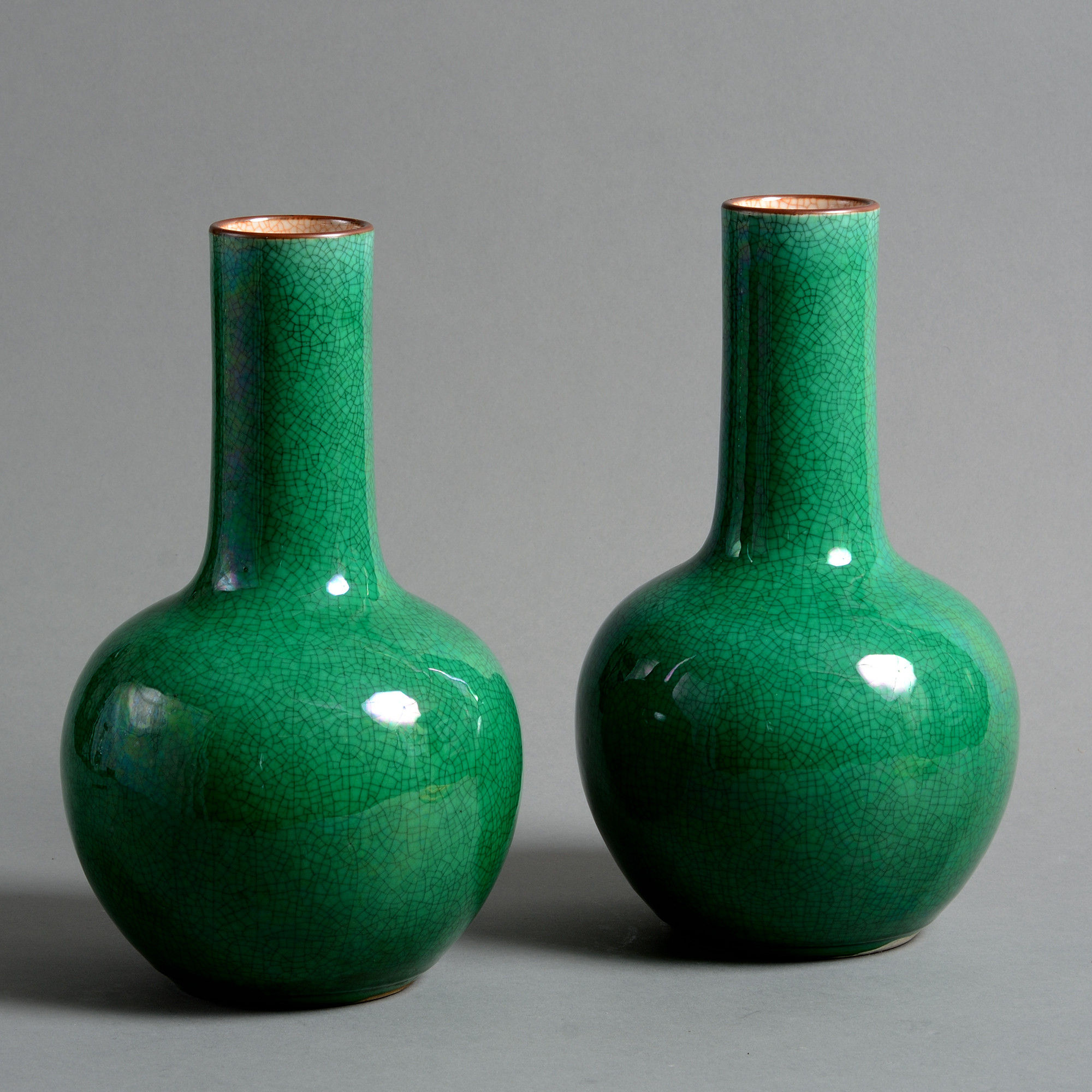
All these items and more are available to view at Timothy Langston Fine Art & Antiques and Claydon House is a National Trust property open 11 to 5pm daily.

